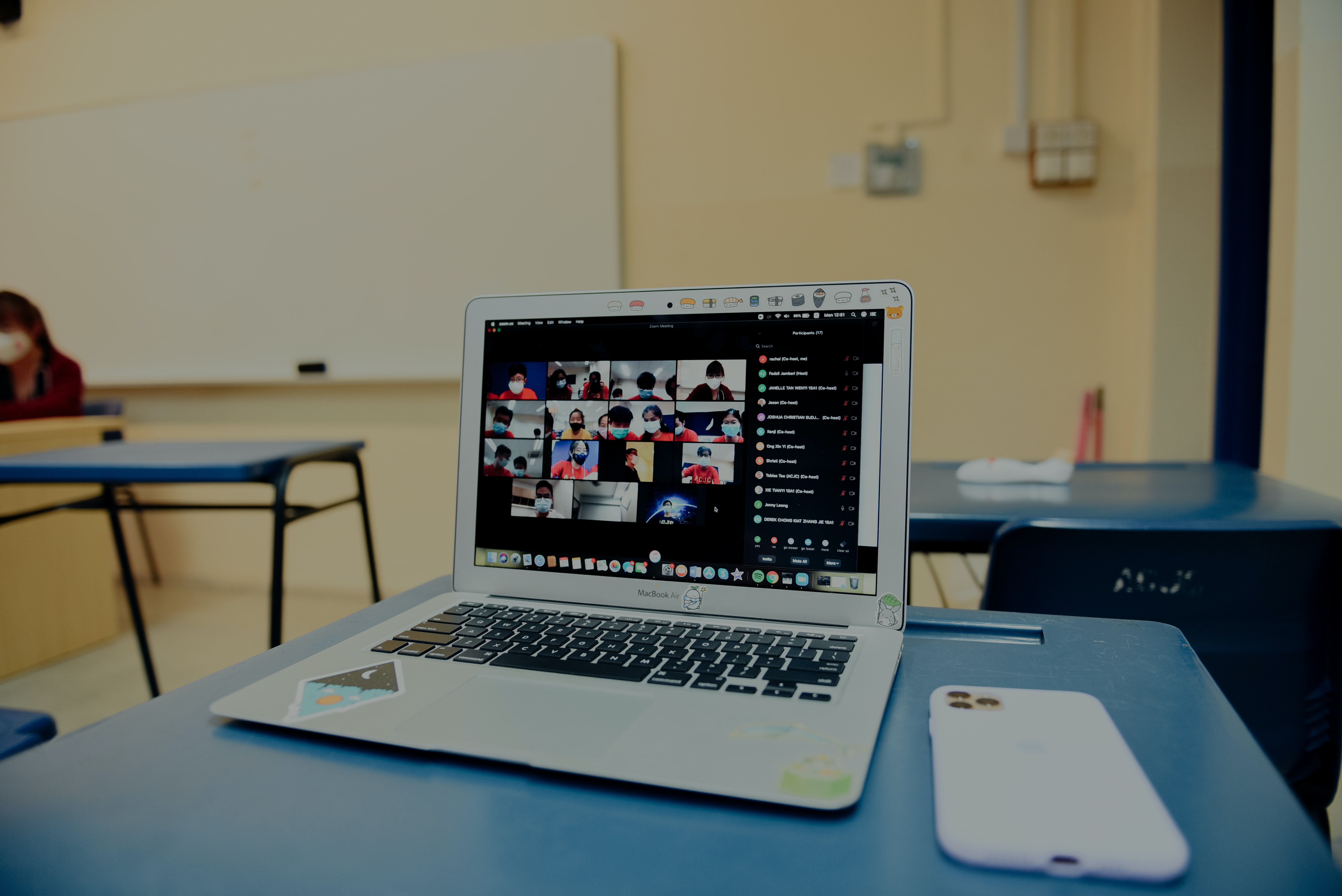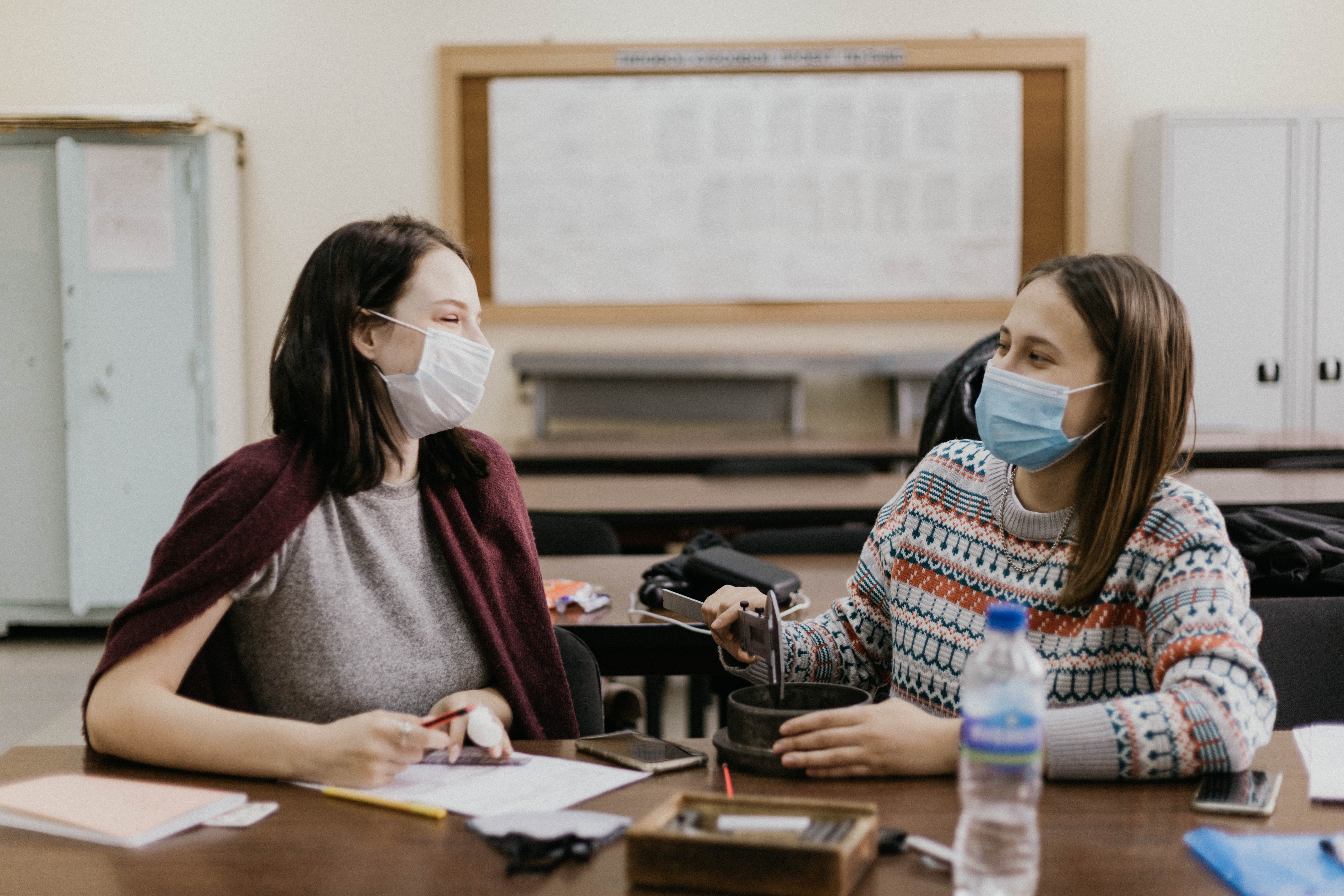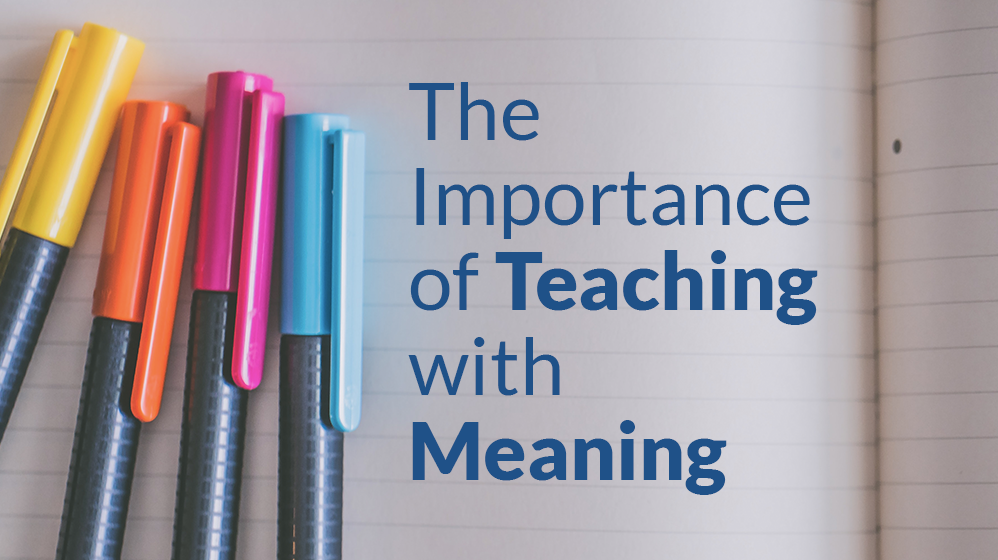Right now, I’m in the midst of finishing up my final math course, so I can get my middle school math endorsement. The name of the course I’m taking is Adding Relevance to the Math Classroom. This is not a new concept. In schools, we are always talking about how we make learning meaningful and relevant for kids. It’s a topic that’s near and dear to my heart as a teacher. I was one of those students who did not “get it” in school until I understood the why. I constantly was thinking about why do I need to learn this or how is this going to help me in the future. As I’ve taught over the past 13 years, this has always been a huge part of my planning. How do I make learning relevant and important to students? How do I get them to buy in? As a math teacher, I’ve created tons of “innovative” activities like using M&Ms to teach mean and median or using soft drinks to calculate the percent of sugar within a can of soda. As a language arts teacher, I’ve used Pixar films to teach about plot elements or had students write genres for a “real audience.”
I really thought I had a good grasp on making learning relevant. I thought I was making learning meaningful for kids. It wasn’t until I started taking this math class that made me think that I may have it all wrong. There was an article within this course by Dan Meyer, who is known in the math education world for the development of 3-act math activities and open-ended problem solving, titled “Fake-World Math.” Meyer discusses how it is not enough to tap into kids’ interests when planning lessons, but we also need to think about making the actual work they are doing interesting too. He says, “using sports as a context for math could surely increase student interest in math, but only if the work they’re doing in that context is interesting also.” It’s not enough to bring sports or shopping or other student interests into our lessons. It may hold kids’ attention for a while, but if the work itself is still monotonous and procedural, it’s not as impactful and meaningful as we think. This is not to say that it isn’t important work. We all have standards to teach and skills for kids to master. However, we know that retention and understanding of skills improves when kids are engaged fully in the work.

So, this got me thinking. What do kids really need to learn? And, how do we ensure that they truly master what they learn? I’m not talking about mastery like passing an assessment or test. I’m talking about mastery where students retain it for longer than a unit and can apply that knowledge or skills to multiple contexts.
Where do we begin?
Curriculum Overhaul
Most of us are tied to a curriculum, whether this is a reading or math curriculum provided by our district, the state standards, or the Common Core standards. But, this does not mean that each standard deserves the same amount of time and teaching. Are there standards that are more important than others?
As we revise our curriculum, develop our scope and sequence, and create our units and lessons, challenge yourself to think: What do kids really need to master? Which skills are essential to their current and future lives? Which skills will help lead into other important skills? Also, we need to ask ourselves: Is it more important for kids to learn and remember facts and content, or is it more important for kids to learn how to learn, learn how it applies to their current and future lives, or how it impacts their lives and community? These are a few of the many questions we can be asking ourselves every time we jump into a unit.
Additionally, it’s important for us to think beyond how students are going to need this for next year or in high school or college. Think about your own teaching. If someone asked you to explain why you differentiate in the classroom, you’d explain how it helps us reach all learners, how it allows students to learn from one another, and more. You would explain that it’s an impactful and meaningful strategy. Why? Because, it has context and real-life application to what you do as a professional right now.
We cannot venture to guess what all students are going to be when they grow up, but we do know that there are certain skills that will be important to them no matter what career or job they choose. We also know there are skills that they need to develop that won’t just help with their jobs, but will also help in their personal lives too. Each year I love looking at the skills that employers list as important for their future employees. When you look at the list, you don’t see standards related to knowledge and content. You see skills. You see an ability to collaborate and problem-solve. You see creativity. And, you see a few of my favorites: information and technology literacy. This means we don’t expect you to know everything, but we expect you to know how to find information, how to learn about it, and more importantly, how to apply that information to new contexts and develop new ways of thinking about it.
So, how can we make our classrooms reflect this reality? It is absolutely worth our time to prioritize learning for kids, and even better, bring kids into that decision making process. Not all kids need the same skills at the same time. I know this idea can be very overwhelming, but we already do this instructionally in so many ways. When we slow down our curriculum and when kids aren’t understanding something, or we pull a small group of students to enrich the curriculum, we are prioritizing learning. I’m calling for prioritizing our curriculum and standards too.

Inquiry over Delivery
Now, how do we engage students in true learning that leads to mastery of the skills we’ve identified? In Dan Meyer’s article, “Real Work vs. Real World,” he explains that, “We overrate student interest in doing fake work in the real world. We underrate student interest in doing real work in the fake world.” He goes on to say that there are many more benefits to students doing real work even if the context is “fake” versus doing fake work in a real-world context. So, what does he mean by fake work?
Let’s think about your work in the classroom. If you’re working to improve your teaching practice, how do you do so? You might start by doing some research. You’ll probably read about the topic, find some strategies, maybe even watch a video of a teacher doing it in action. From there, you’ll most likely plan to try it in the classroom: you might make adjustments to that strategy based on your content, your kids, your unit, etc. From there, you determine if it was successful or not. Did it help my students learn? Did it solve the problem I was hoping? If the answer is no, I might start the process over. Or, I might try it in a new way. I might make some adjustments. I might add another layer on.
The point is when we are learning and implementing something new into our classrooms just like when students are learning something new, a few things happen:
- We choose what we want to learn and focus on, because it has a “real-world” application for us. It’s meaningful work. We care to learn about this strategy, because it is going to benefit us in some way.
- We get curious about the issue, and we start problem-solving. We don’t just sit and let someone tell us how. We learn about it in many ways. We read about it. We watch videos of it. We may watch someone else model it for us. We construct meaning for ourselves.
- We are flexible with what we just learned. Rarely do we implement something exactly how we saw it. Why? Because, our students, our grade level, and our content areas are different. We have different philosophies on teaching. We have different interests. We value having autonomy in how we teach.
- We reflect along the way on its impact and effectiveness. We course correct. We might get feedback from a trustworthy colleague. We might take time to collaborate with teachers to brainstorm more ideas.

Bottom line is that true learning does not happen just through learning something and then practicing. Students need to be invested in what they are learning, and they need to be able to construct meaning themselves. In any subject, there is not usually just one way to learn something. Exploration and inquiry are important skills that we can develop within students. When students are given time to explore an idea and develop meaning themselves, retention increases, but understanding does too. Further, true mastery equals being able to be flexible with what we learn. We should be able to take what we learned and apply it to multiple contexts and manipulate what we’ve learned to meet new settings. This is what equals true mastery, not just being able to show it on an assessment. Lastly and maybe most importantly, we are able to assess our own effectiveness and understanding, but also set goals for our own learning and make improvements for the next time around. This learning process is true as us as professionals just as much as it is with students.
Overall, learning needs to be authentic, and learning is messy. It doesn’t happen quickly, and it grows over time. If this year has taught us anything, it’s that learning happens collaboratively. We need time to make sense of what we learned, we need time to talk through what we learned, and we need numerous opportunities to practice and be flexible with what we learned.






